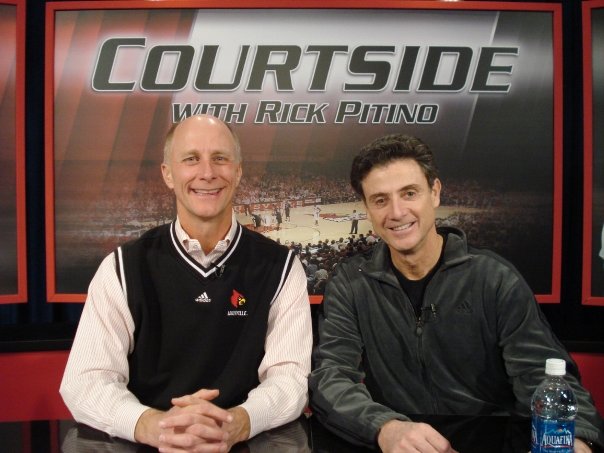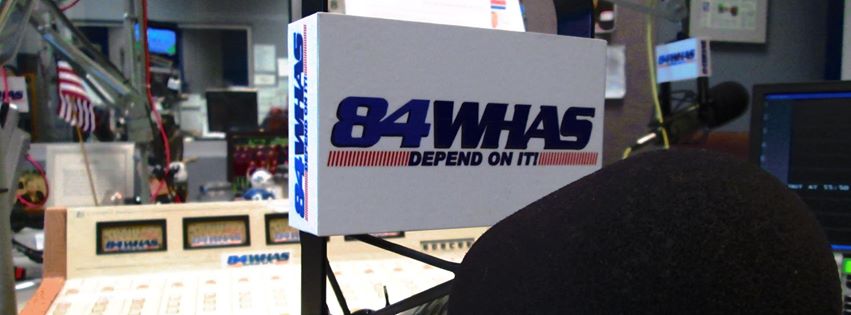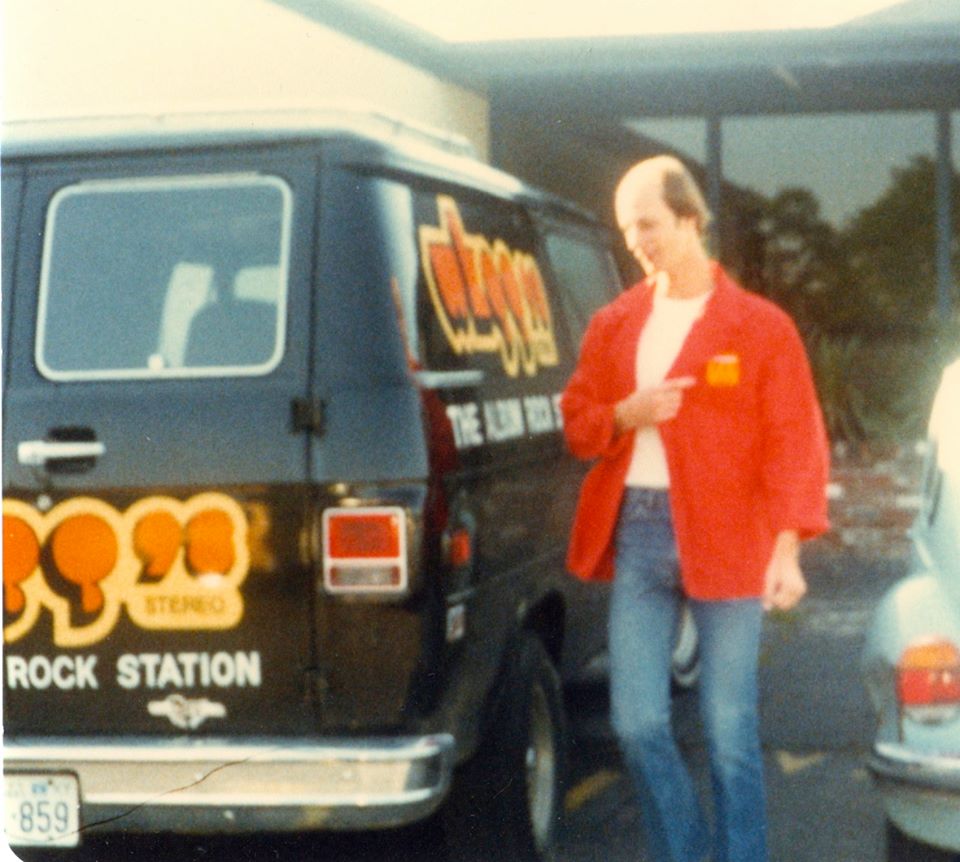Is radio dead? Is TV dead? Nope. But there is a reframing of information flow.
A recent poll lists broadcasting as one of today’s worst career choices. You may be surprised to learn how little most TV and radio people earn. Others predict the end of talk radio following the 2016 elections. No way. Local talk shows allow each city’s residents to weigh in on local issues. The local radio station is the kitchen table where everyone can throw in their two cents or at least eavesdrop on those who do.
I completely love my 40 year broadcast career and have rarely regretted choosing it. I have learned 10 million things by talking with a zillion people on radio and TV. WHAS-TV’s Great Day Live and my WHAS radio show are valuable assets to local groups promoting important newsworthy fundraising efforts and social connectivity.
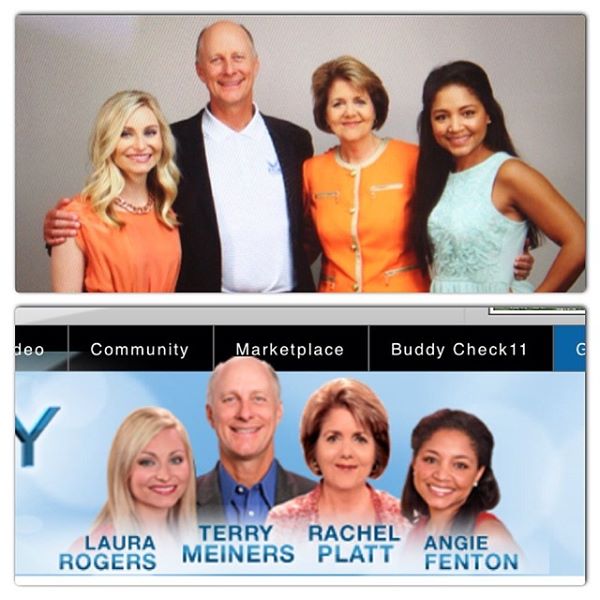
With today’s ongoing battles to jump the minimum wage to $15 per hour, I thought you might enjoy this 1976 memo that kept me from being laid off only months after I’d started part-time production work at WKQQ/Lexington. (NOTE: the boss had poor math skills. I earned $40 per MONTH, not per week, and that totals $480 annually). Our “full-time” deejays were knocking down $3 per hour or $84 per week if they never took off a day. (federal minimum wage in 1976 was $2.30)
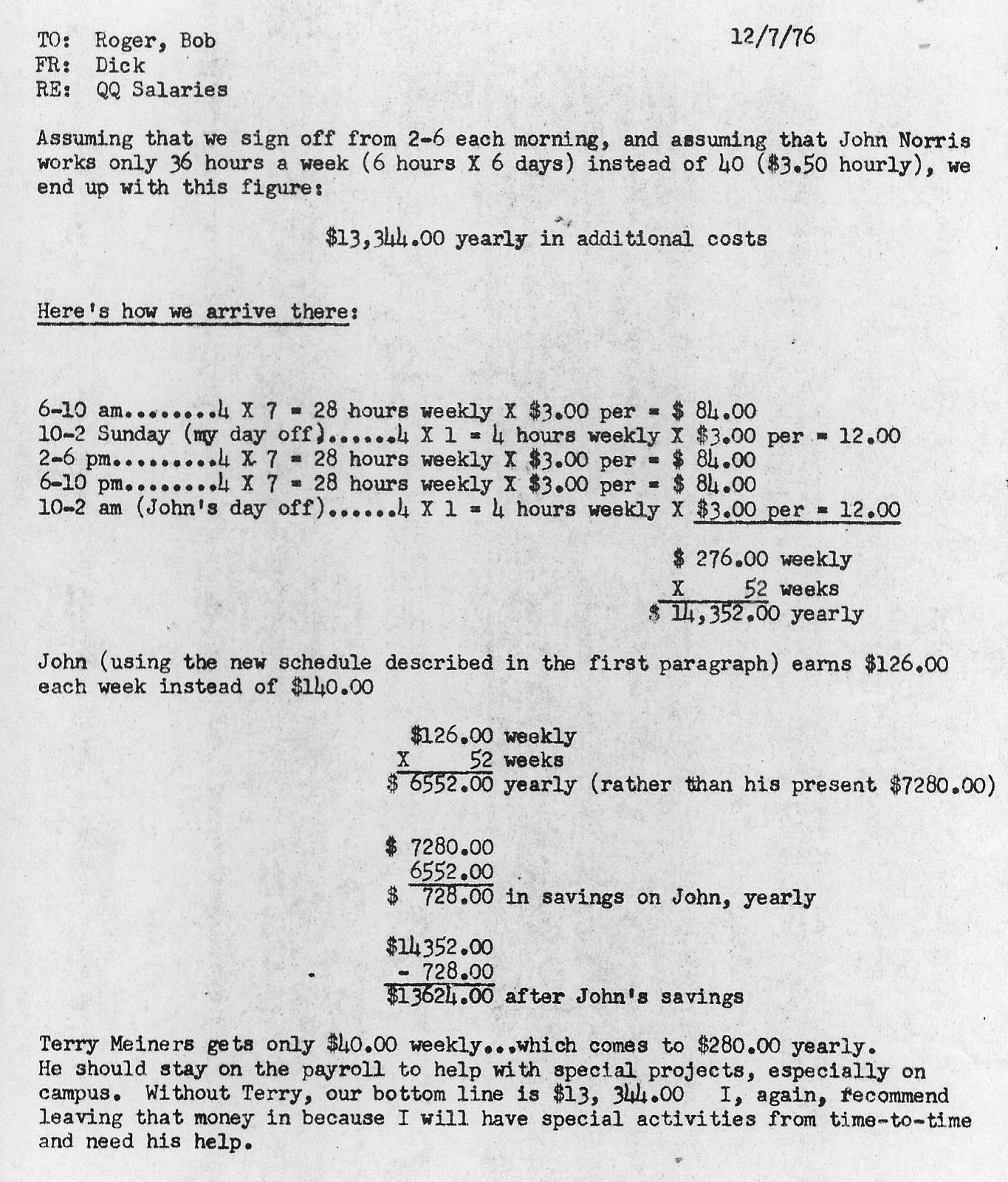
That’s twenty-year-old me at work in the WKQQ studio (1977). Because I wasn’t laid off in 1976 and discouraged about working in media, my broadcast life has been massively successful. Someone gave me a shot and I have worked like a mule to advance over 4 decades. A recent charity roast spotlighted my highs and lows. For many others in broadcasting, it is a tough, low-paying pursuit. Here’s a blog from a meteorologist who started in 1999 for $10/hr after completing college. The love of the game keeps all of us in it regardless of monetary gain. (MORE: Why a $15 minimum wage is not the answer)
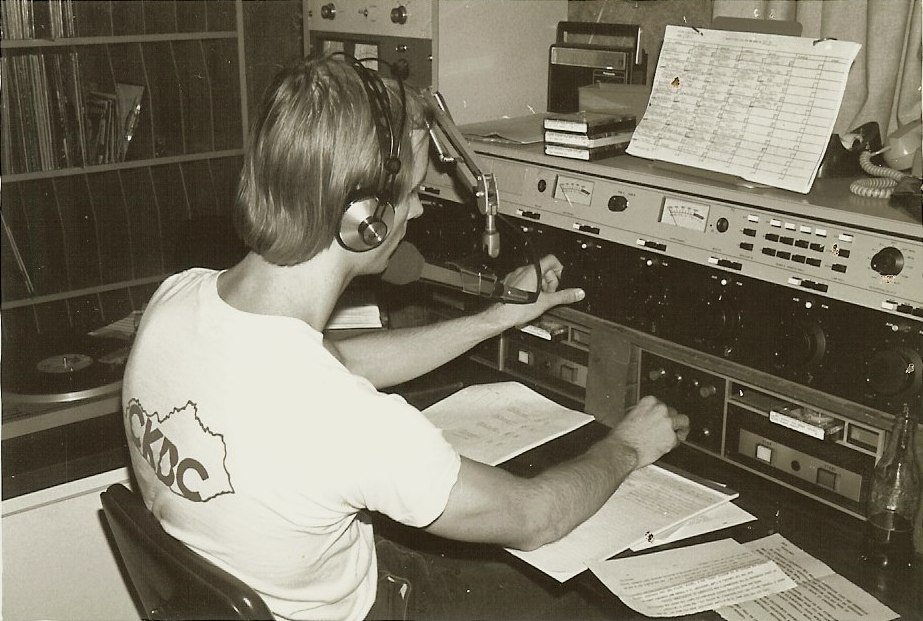
Now many of my contemporaries are leaving the business. Just this week, a group of WHAS-TV colleagues are rolling on to new dimensions. Each one of them has been a pillar of WHAS’ success and a vital part of my growth as a broadcaster. My radio company iHeartMedia also just restructured staff placement which left six cherished colleagues in search of new challenges. Each of them added positive value to my life and career. Broadcasting is certainly under siege, but by no means dead.
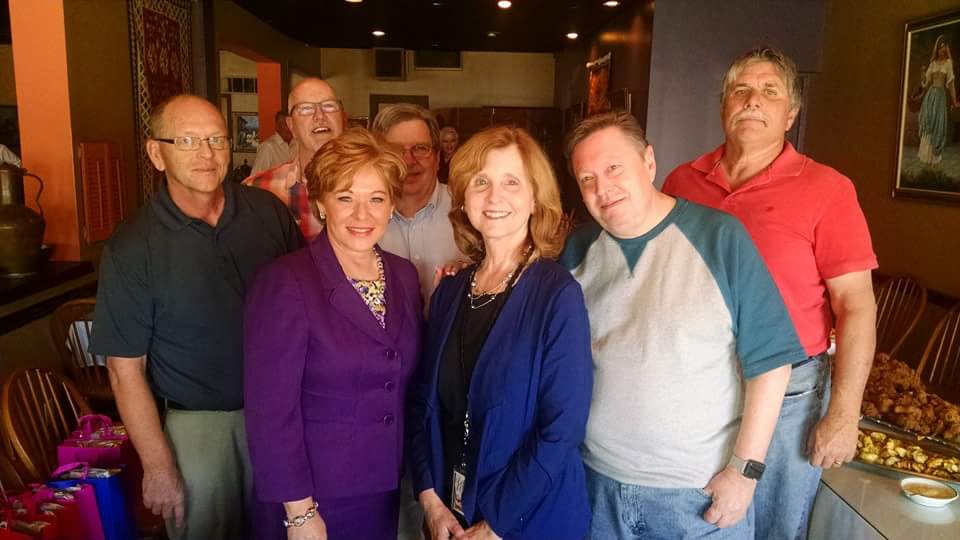
WHAS-TV history wiki
WHAS Radio history wiki
Tony Vanetti and Matt Jones are examples of thriving media personalities who earn well above the $35,000 – $48,000 average annual rate for most broadcasters.
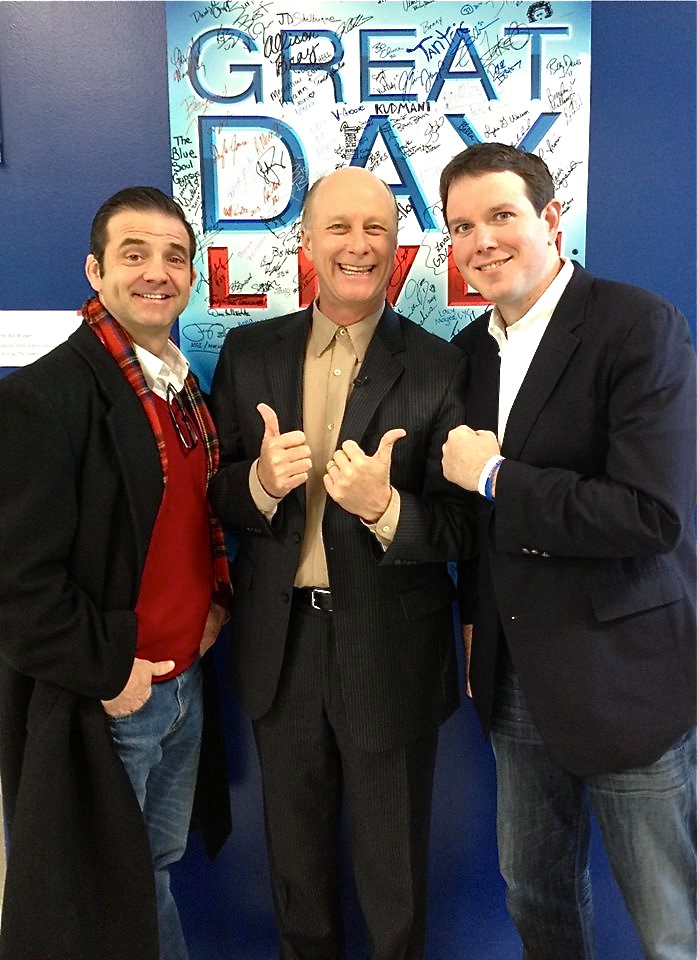
They were both hilarious in the March 2016 charity roast featuring the best of the best in Louisville broadcasters. Each member of that roast cast is a high earner in broadcasting (and the lawyer and UofL department head are also well-paid).
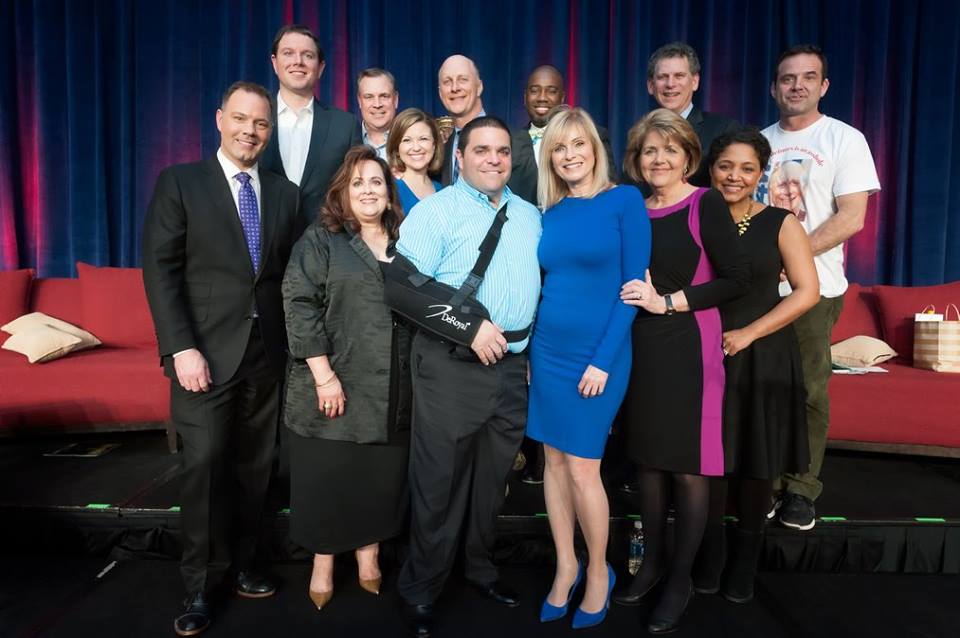
Lots of people enter the broadcasting game but only a few are lucky enough to make a decent living. It’s a tough business that demands a love of the game with a secondary eye on monetary reward.
Local broadcasting will continue to deliver local information, and more importantly, local compassion.
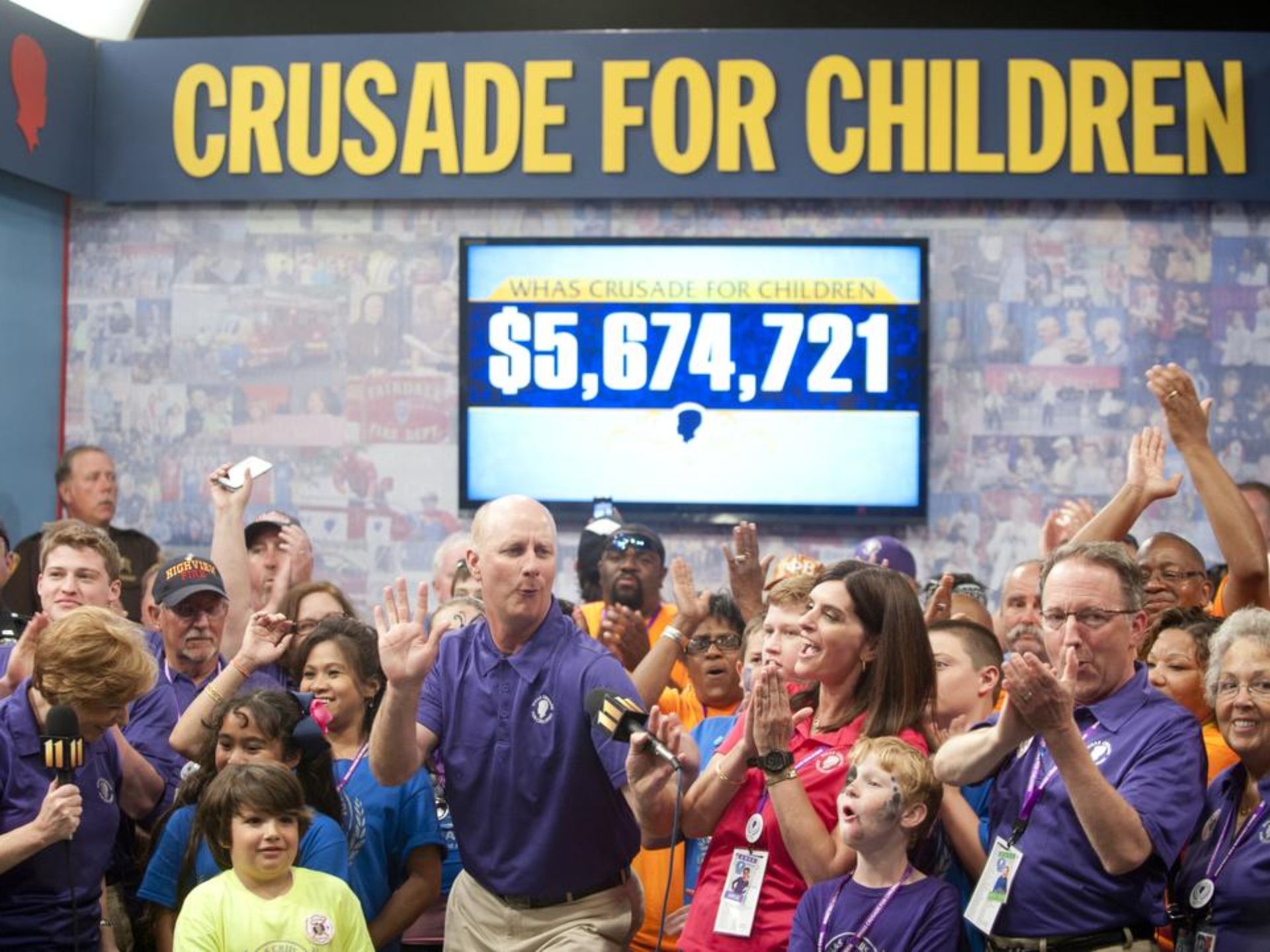
A 2009 blog post I wrote for a site compiling info on Lexington radio stations:
Terry Meiners, Lexington radio personality from 1977 thru 1980.
I was originally hired in 1976 to monitor the automation on the weekend overnight shifts. Eventually, WKQQ-FM “Double Q” went live and I was given a chance to go on the air when one of the original hires did not work out.
I am enclosing a photo of me (posted above) in the tiny WKQQ control room not long after it went live in early 1977. I am also enclosing a memo (also posted above) written by then program director Dick Hungate that laid out his proposed budget for taking the station from automation to live.
Notice that he saves my job because I am a part-time college student who makes minimum wage. Hungate’s actual calculation of my annual earnings is incorrect, but it still shows how cheaply a station could be run in that era.
WKQQ, which used the positioning phrase “Stereo Album Rock” at the time I was there, was a great launch pad for me. I started out doing late night, then evenings, then the morning show, then afternoon drive before tiring of it.
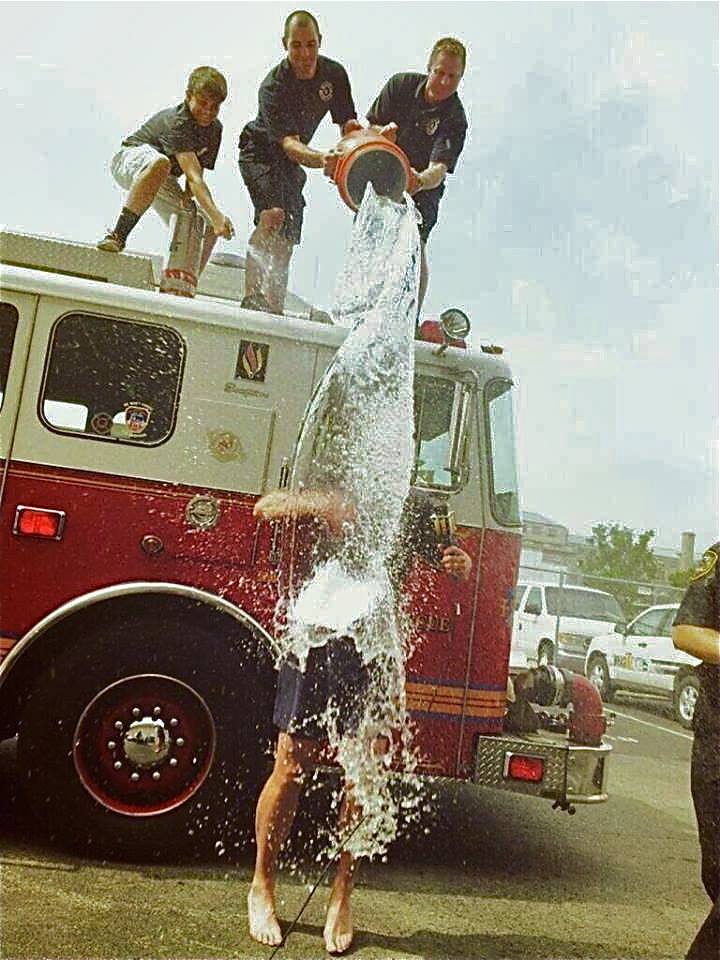
I learned to use sound effects to make it seem as though I was cutting the station’s grass while the music played. I would tell the audience that the boss was making all of us do multiple jobs so that we just didn’t sit around and actually “listen to that garbage we play on our station.” So I’d use a sound effect of a starting lawnmower, then seque into “Stairway to Heaven” and as the song ended, I would fade up the sound of the lawnmower winding down. Then I would breathlessly backsell the record, make a snide comment about the cheap boss, and go to break.
My career was just taking off.
Alas, I hit a pay ceiling in 1980 and was told “that’s all there is.” I opted to go to Indianapolis and help my brother run a grocery store for about 3 months. I was miserable and missed being in broadcasting. Oddly enough, I didn’t miss being on the air, just being around the industry.
I called Louisa Henson at WLRS-FM in Louisville and begged for a job. As luck would have it, the promotions director job was available and I took it. My only request was that I not have to do airshifts any longer because I felt they led to a professional dead end.
Naturally, when one of the WLRS deejays would call in drunk, I was summoned to fill in for them. Then I was persuaded to take the afternoon drive slot in 1981. Not long thereafter, Dan Burgess left to go to WHAS Radio and left a vacancy for a co-host of the morning show with a kind but soured-on-life jaded hippie named Ron Clay.
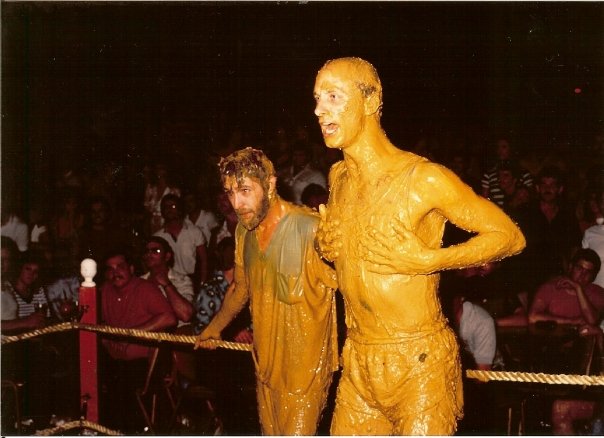
We formed the “Morning Sickness” show and it became a montrous hit for WLRS. It wasn’t long before arch rival WQMF came calling in December 1982. After a brief negotiation which jumped our salaries from $25,000 to $32,000, we jumped ship.
WLRS filed a lawsuit claiming “verbal agreements” were in place to extend work contracts for both announcers. The lawsuit was mostly dismissed by the judge, thus, Ron Clay and Terry Meiners were allowed to switch to WQMF with the stipulation that there’d be no transfer of the exact sketches or any other intellectual property from the WLRS show to WQMF.
It was the only time the word “intellectual” was ever used in conjunction with the careers of Ron Clay and/or Terry Meiners.
The judge also demanded that the duo not transfer the show’s name, so the new WQMF show was called “The Show With No Name.” The new show commenced in January 1983 and was a dominant player in Louisville radio until Terry Meiners left to take the afternoon drive slot at WHAS Radio in June 1985.
A six month non-competition clause with WQMF kept Terry off of the new station until “The Terry Meiners Show” debuted on December 2, 1985.
